A special feature of this roundup, whose individual product pages can of course be regarded as individual tests, is the intentional focus on workmanship and technical equipment as well as the most important features such as power consumption, constant frequency, cooling and the resulting noise levels.
The gaming performance of all overclocked cards within a chip class, on the other hand, is very similar – there have never been so many different models from different manufacturers together. This is of course also due to the fact that almost all cards are already on the verge of what is reasonably feasible in terms of boost clock rates and thus there is less scope for extreme overclocking by the individual board partners.
| UPDATE 22. June 2017 PNY GeForce GTX 1060 XLR8 OC Gaming |
|---|
With the availability of new test samples – some are already going through our benchmark course, others are in the influx – we will of course update this roundup promptly and regularly.
The order of the cards is based solely on the alphabet and does not represent the evaluation or preference of individual test samples.
| Overview of all GTX-1060 graphics cards in this roundup: |
||
| 12. September 201 6Evga GeForce GTX 1060 Superclocked |
28. July 201 6Gainward GeForce GTX 1060 Phoenix GS |
28. July 201 6Gigabyte GeForce GTX 1060 G1 Gaming |
 |
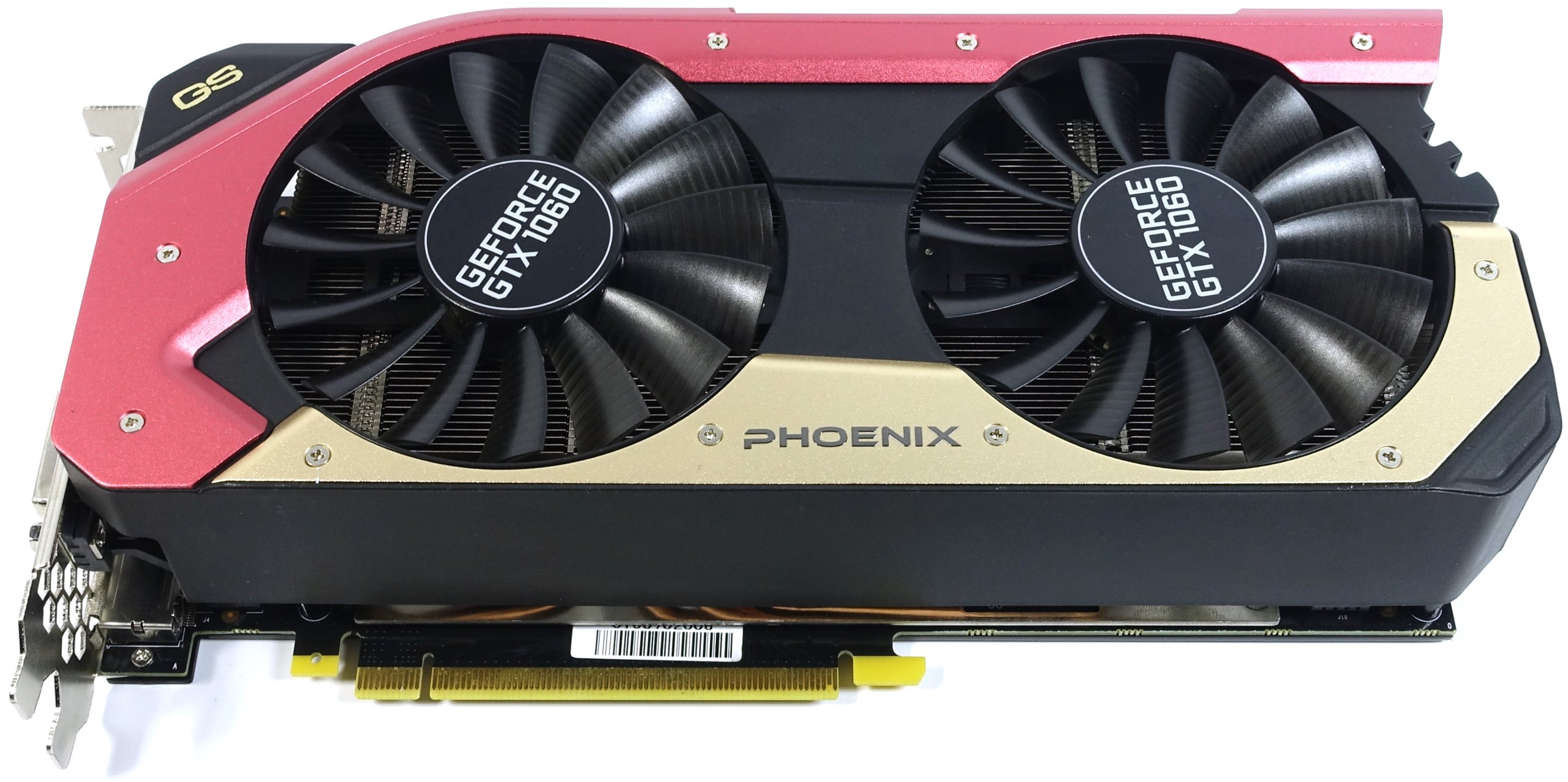 |
|
| 28. July 201 6Inno3D GeForce GTX 1060 Gaming OC |
12. September 201 6Msi GeForce GTX 1060 Gaming X 3G |
28. July 2016Msi GeForce GTX 1060 Gaming X 6G |
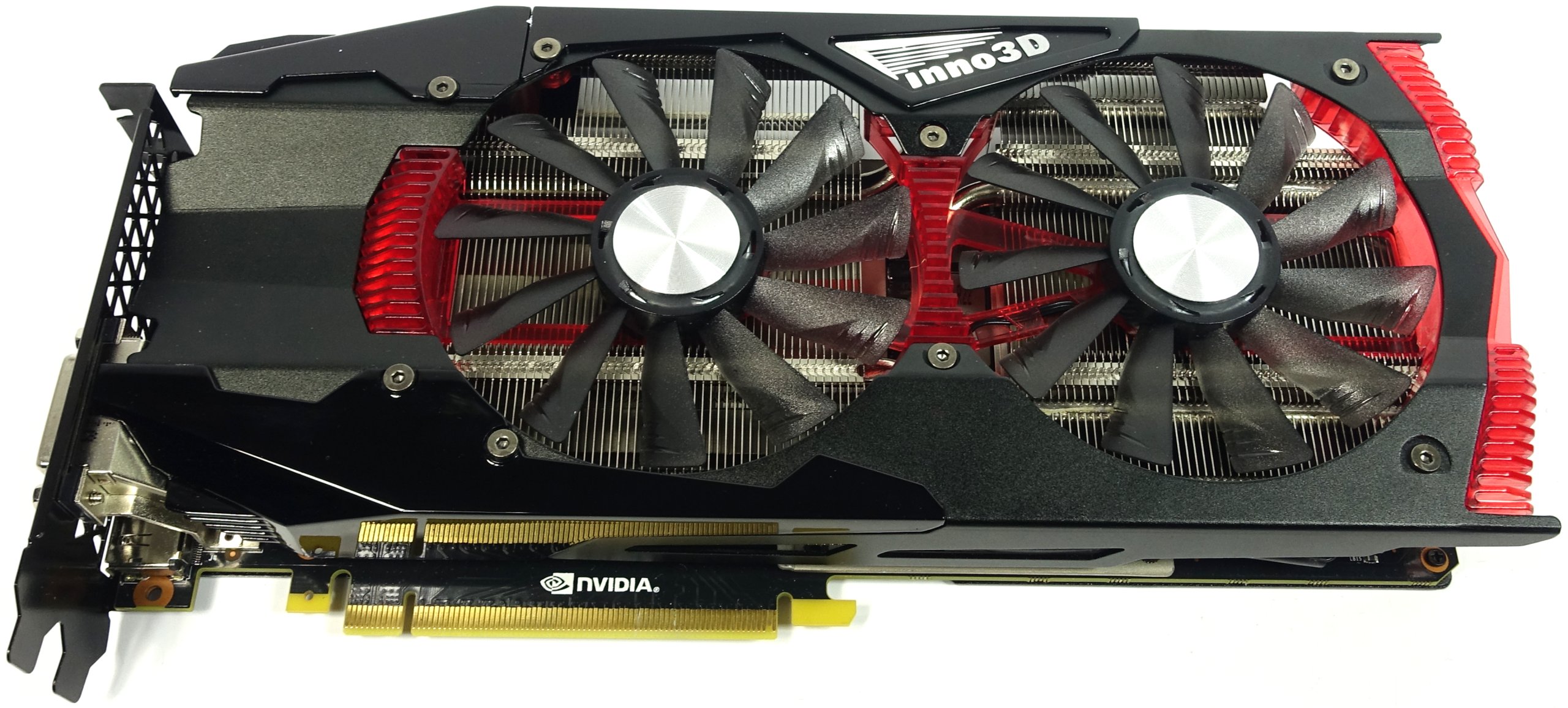 |
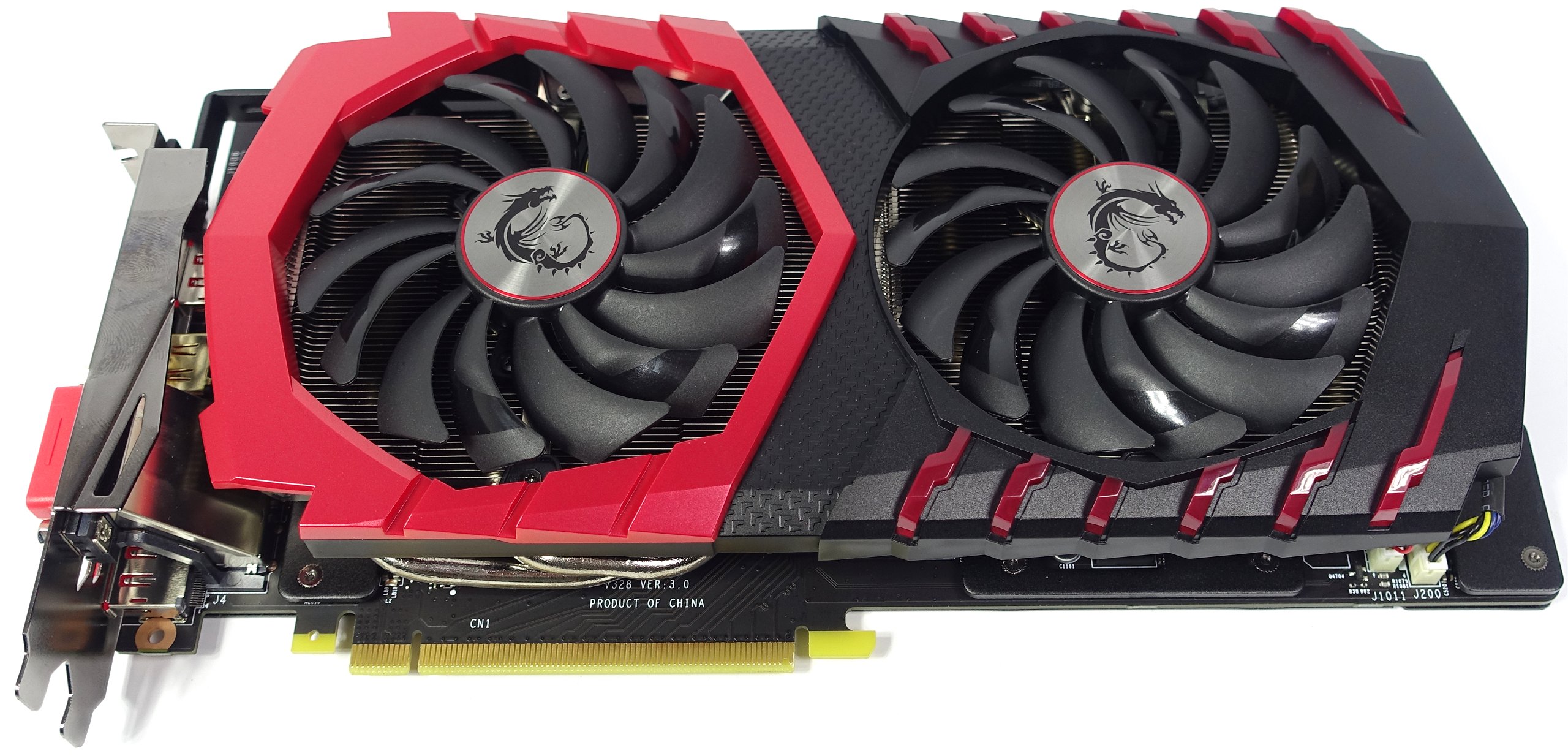 |
|
| 28. July 2016Nvidia GeForce GTX 1060 Founders Edition |
12. September 201 6Palit GeForce GTX 1060 SuperJetstream |
22. June 201 7Pny GeForce GTX 1060 XLR8 OC Gaming |
 |
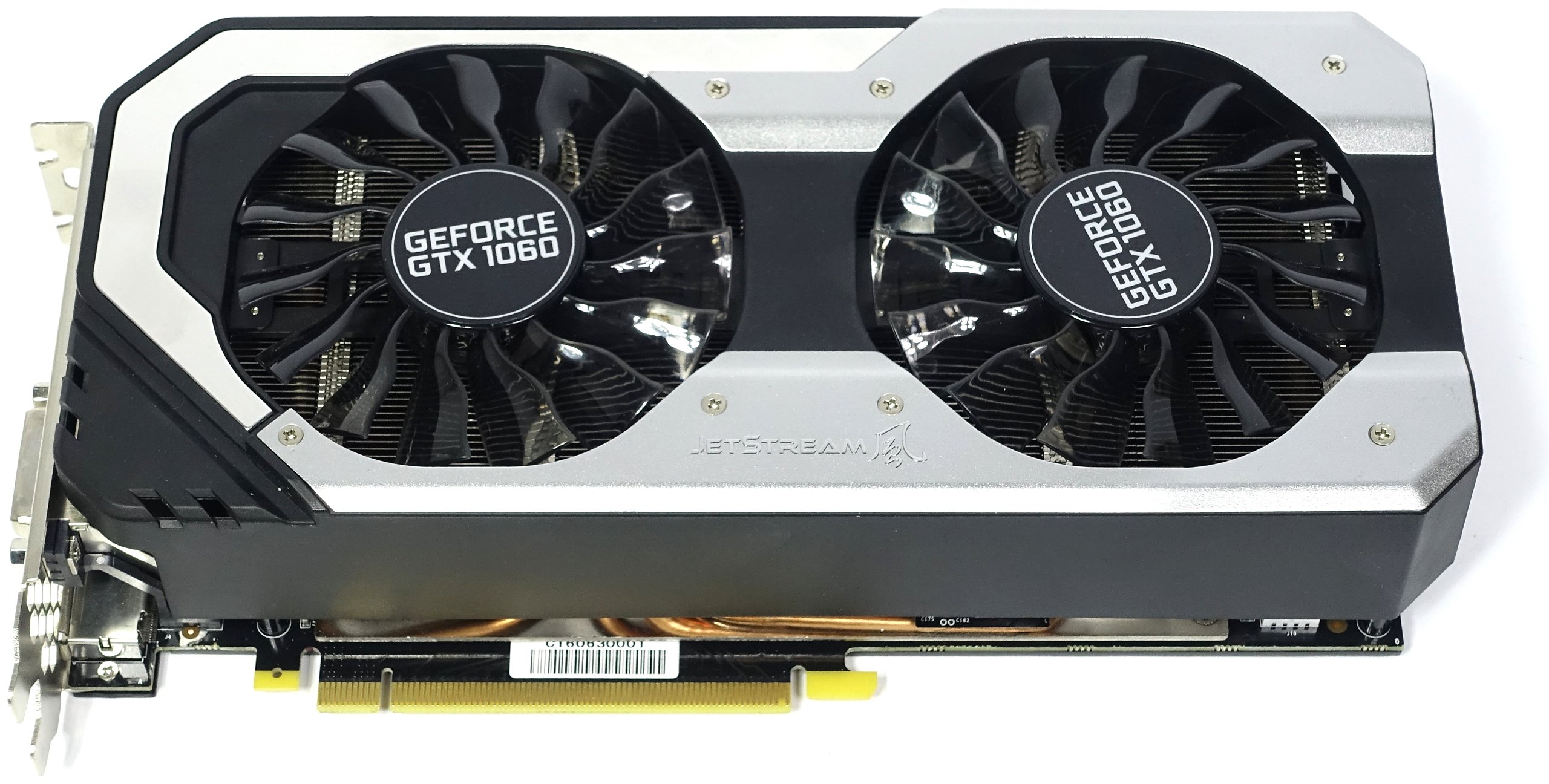 |
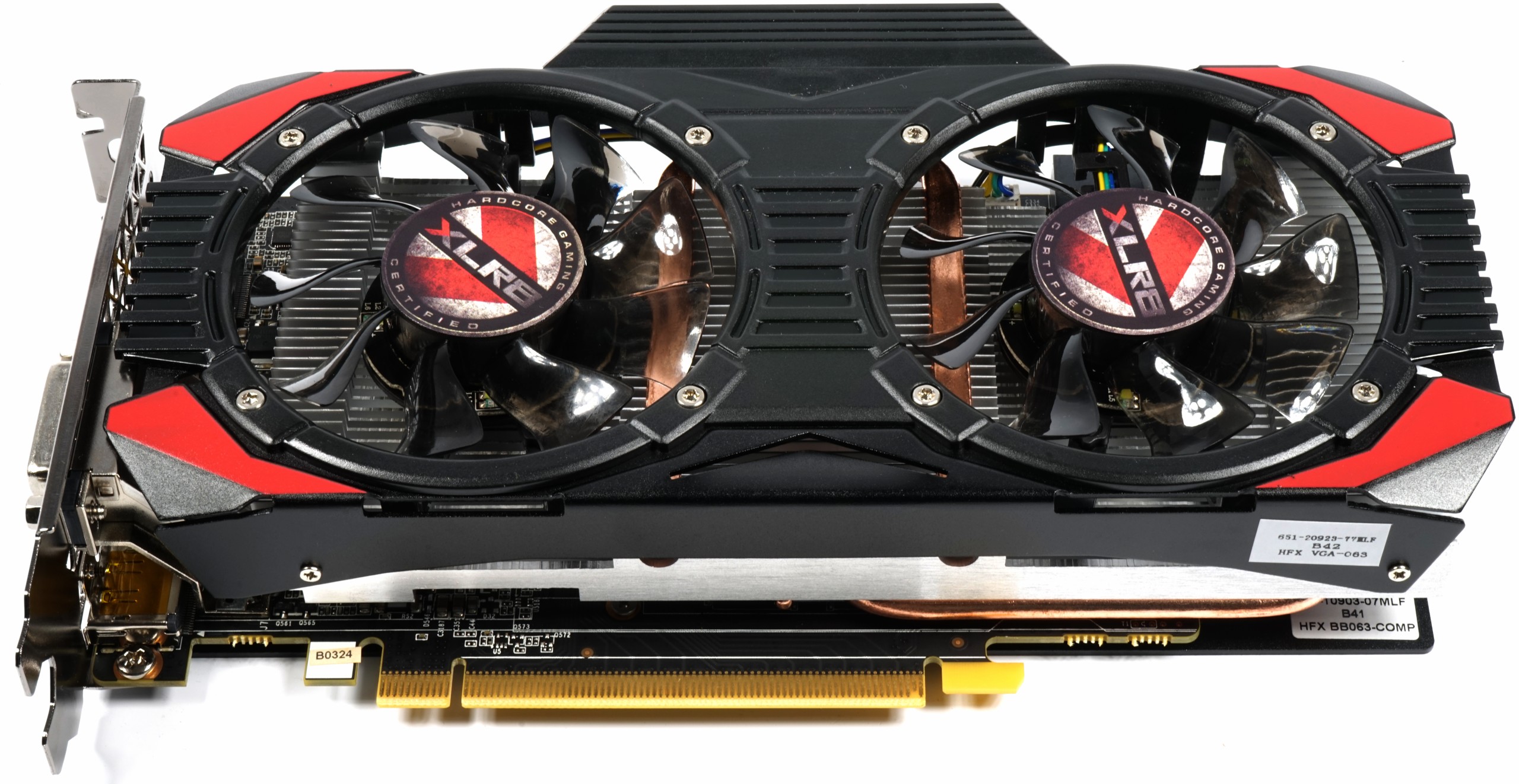 |
| Already in the laboratory or in the inlet: | As of 29.9.16: None. | |
Technical data at a glance
How we test
We use our standard measuring system for measuring performance and power consumption as well as our low-reflection audio measuring room with the well-known equipment for the collection of operating noise.
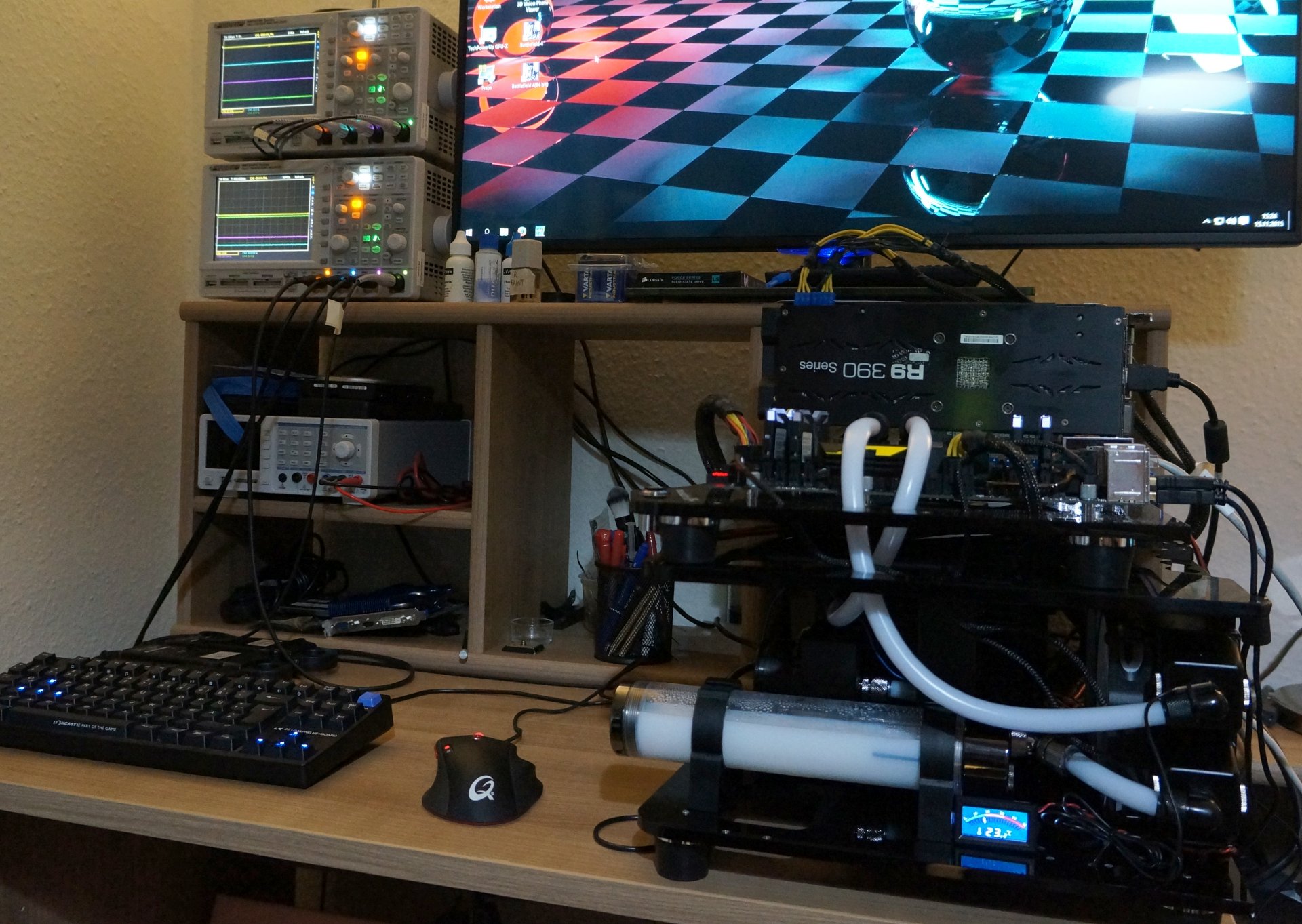
For the exact measurement methods and test setups, we recommend our basic articles on the respective topic, because transparency and traceability are important for the classification of the determined values and results:
>>> Infrared technology used correctly and sensibly
>>> Basics GPUs: Power Consumption, Power Supply Conflicts & Other Myths
>>> How we test loudspeakers, headphones and noise emissions
Below you will find the technical data of the various measuring and testing systems in a tabular order:
| Power consumption | |
|---|---|
| Measurement: | non-contact DC measurement on the PCIe slot (Riser-Card) non-contact DC measurement on the external PCIe power supply direct voltage measurement on the power supply |
| Measuring instruments: | 2x Rohde & Schwarz HMO 3054, 500 MHz multi-channel oscillograph with memory function 4x Rohde & Schwarz HZO50, current togor adapter (1 mA to 30 A, 100 KHz, DC) 4x Rohde & Schwarz HZ355, touch divider (10:1, 500 MHz) 1x Rohde & Schwarz HMC 8012, digital multimeter with storage function |
| Infrared measurements | |
|---|---|
| Measurement: | 1x Optris PI640, Infrared Camera + PI Connect Infrared monitoring in real time |
| Noise emission | |
|---|---|
| Microphone: | NTI Audio M2211 (with calibration file) |
| Hardware: |
Steinberg UR12 (with phantom power for the microphones) Creative X7 |
| Software: |
Smaart v.7 |
| Measuring room: |
own low-reflection measuring room, 3.5 x 1.8 x 2.2 m (LxTxH) |
| Control measurements: |
Axial measurements, perpendicular to the center of the sound source(s), measuring distance 50 cm |
| Output: |
Noise in dBA (Slow) as RTA measurement Frequency spectrum as a graph |
| Gaming performance | |
|---|---|
| Test: | Intel Core i7-5930K -4.2GHz Alphacool Water Cooling (Nexxxos CPU Cooler, VPP655 Pump, Phobya Balancer, 24 cm Radiator) Crucial Ballistix Sport, 4x 4 GByte DDR4-2400 MSI X99S XPower AC 1x Crucial MX200, 500-GByte SSD (System) 1x Corsair Force LS 960-GByte-SSD (Applications, Data) Be Quiet Dark Power Pro, 850W power supply Windows 10 Pro (all updates) |
| Driver: | Nvidia: GeForce 368.39 WHQL AMD:Crimson 16.6.2 (Beta) |
Follow Tom's Hardware Germany on Facebook, Google+ and Twitter.
- 1 - Einführung und Übersicht
- 2 - EVGA GeForce GTX 1060 Superclocked
- 3 - Gainward GeForce GTX 1060 Phoenix GS
- 4 - Gigabyte GeForce GTX 1060 G1 Gaming
- 5 - inno3D GeForce GTX 1060 Gaming OC
- 6 - MSI GeForce GTX 1060 Gaming X 3G
- 7 - MSI GeForce GTX 1060 Gaming X 6G
- 8 - Nvidia GeForce GTX 1060 Founders Edition
- 9 - Palit GeForce GTX 1060 SuperJetstream
- 10 - [Neu] PNY GeForce GTX 1060 XLR8 OC Gaming
- 11 - Vergleich der Gaming-Performance
- 12 - Vergleich vom Temperatur, Lautstärke und Leistungsaufnahme
- 13 - Vergleichende Zusammenfassung und Fazit














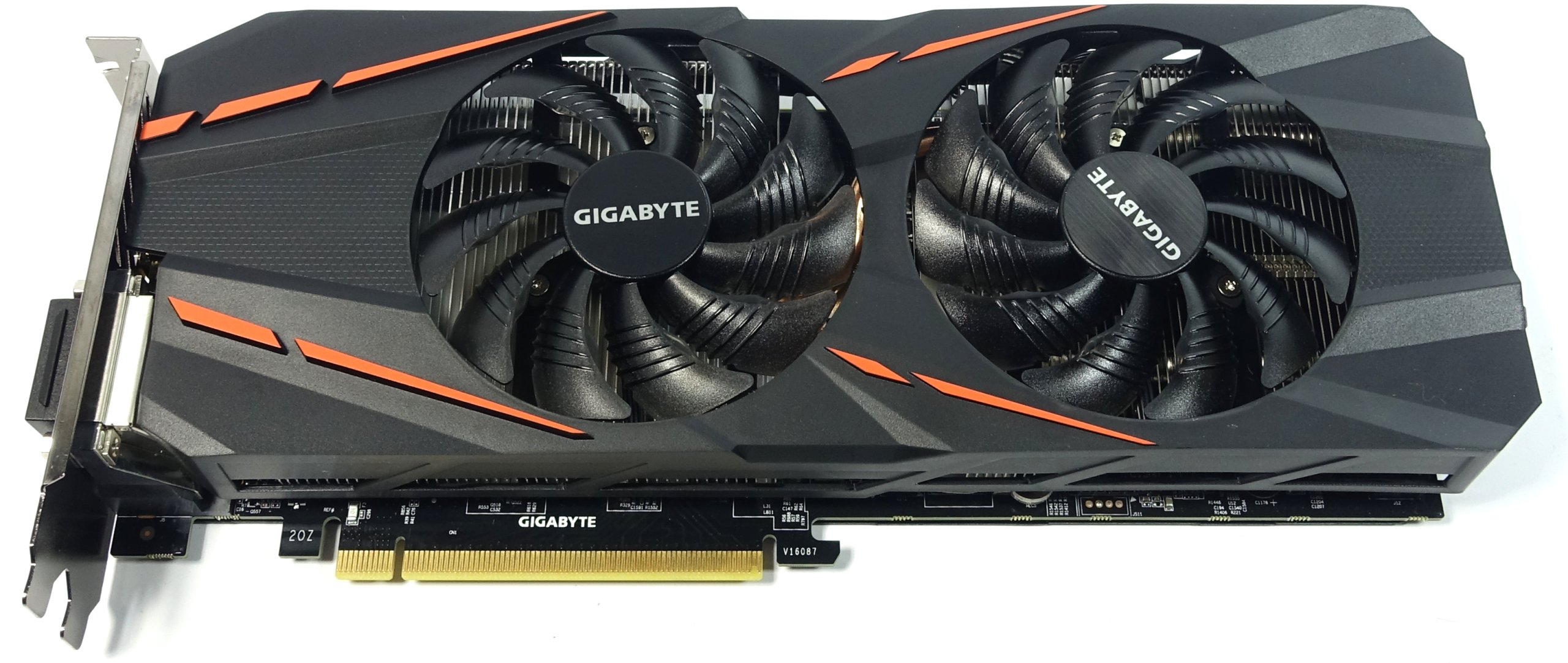
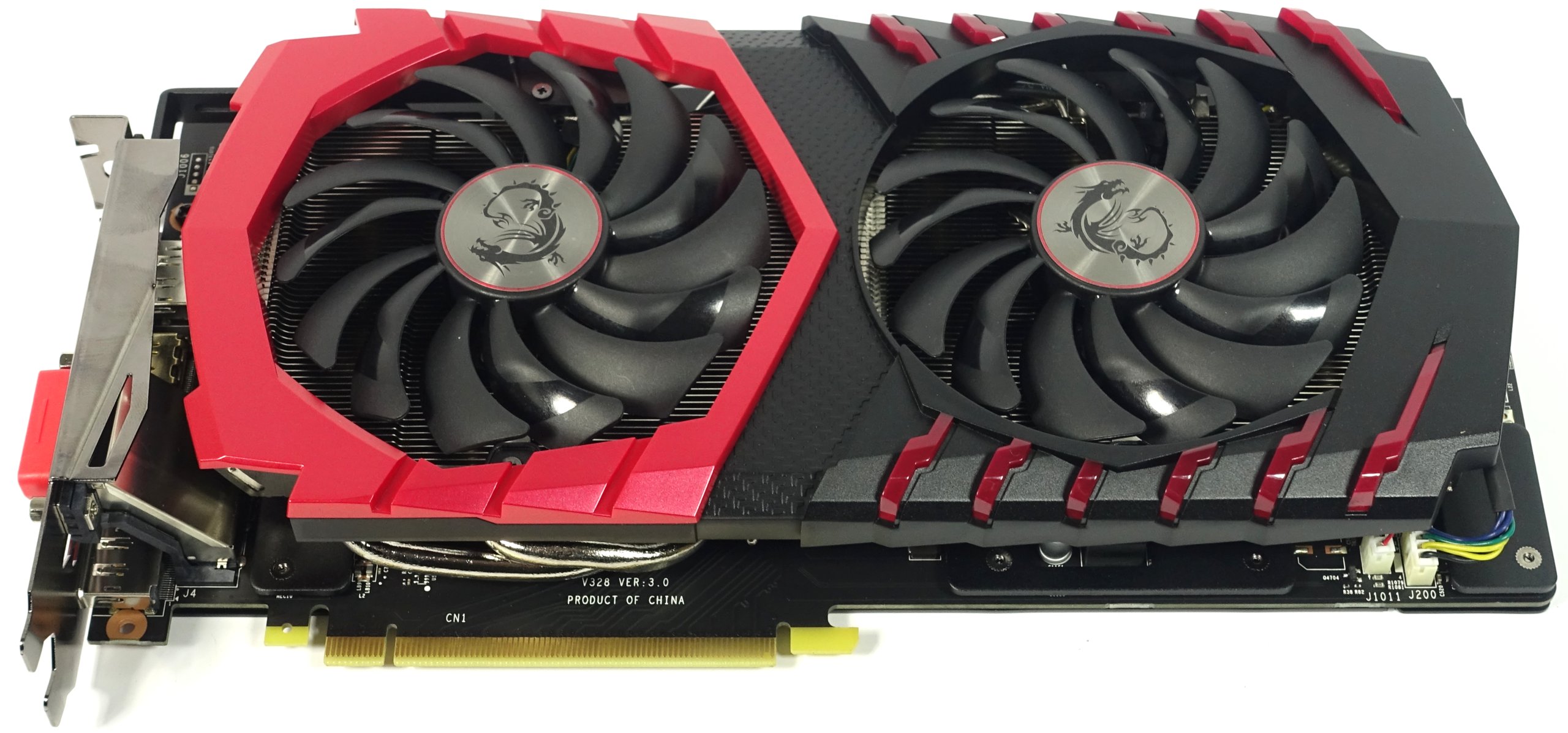



















Kommentieren